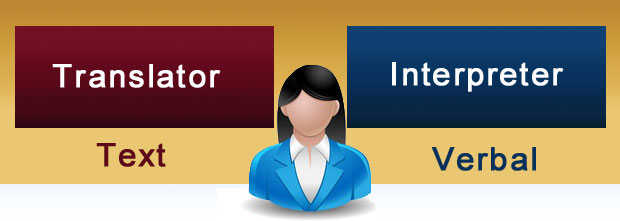While most people believe that both translators and interpreters do the exact same thing as they’re converting information from one language to another, the truth is these are two different professions that require a different skills set to perform.
So, what’s the difference between a translator and an interpreter? Read on to find out…
Human translators vs Interpreters
Simply put, translators translate the written word while interpreters translate the spoken word. Basically, translators convert written text, such as books, articles, technical guides for products and more, from one language to another.
Interpreters, on the other hand, listen to something spoken, like a speech or a phone conversation, and interpret it orally into a foreign language.
For example, if a company decides to expand into the Spanish market, they will hire a translator to reproduce their marketing documents and product manuals into Spanish. Now, if they pitch a new product to Spanish investors, they will have an interpreter facilitate the oral communication and interpret between the English-speaking company and the Spanish-speaking investors.
So, the main difference is in how the information is presented – written in translation and orally in interpretation. Translators and interpreters also have a different skills set as their ability to read/ write and listen/speak is superior in one pair or the other. So, while translators are excellent writers, interpreters have fantastic oral communication skills. Learn more about interpreting software.
How about Translation Software?
With the latest technology advances, translations can easily be accomplished by using translation software. In fact, many human translators are now using software to first get a rough draft and then make the necessary revisions to ensure the reproduced text is 100% accurate. It’s quick, fairly accurate and extremely affordable, making it the ideal solution for any professional or company looking to cut translation costs.
With today’s global economy the needs for interpretation and translation are growing by leaps and bounds. In addition, translation software is a lot more advanced and accurate than it was years ago. While human translators will always be needed to revise and ensure the highest level of accuracy, software is an excellent solution that helps businesses save valuable time and thousands of dollars in translation costs.
Take the Systran tour to see the software in action!
Have you ever used a translator or an interpreter? What about translation software? Share your experience in a comment below.






